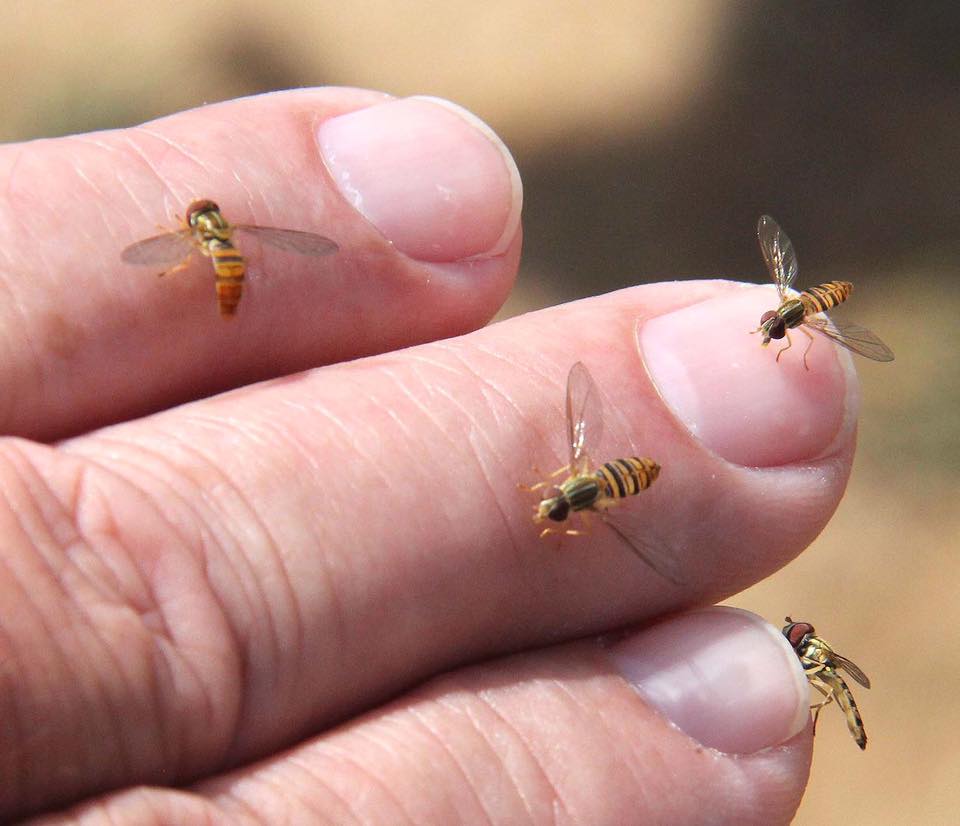

Please direct all inquiries and comments to insectidentification AT. When emailing please include your location and the general estimated size of the specimen in question if possible. Images in JPG format are preferred with a minimum horizontal dimension of 1000px if possible. By submitting images to us () you acknowledge that you have read and understood our Site Disclaimer as it pertains to "User-Submitted Content". Material presented throughout this website is for entertainment value and should not to be construed as usable for scientific research or medical advice (regarding bites, etc.).Please consult licensed, degreed professionals for such information. The logo, its written content, and watermarked photographs/imagery are unique to this website (unless where indicated) and is protected by all applicable domestic and international intellectual property laws. To remove entries below, simply click on the 'X' in the red box of each respective insect.īeetle Identification Butterfly Identification Caterpillar Identification Spider ID Fungal Infections on Insects Nursery Web Spider Official State Insects Termite Basics Insect Molting Process Bugs of Tennessee House Always pay close attention to color variations and body shapes when trying to identify a species. There are a total of Dragonflies and Damselflies in the database. Wings are noticeably veined and appear as two pairs of straight appendages emanating from the spine.

Females will fly up into tree canopies to capture and paralyze cicadas. Cicada killers are a native wasp species, and as their name implies, they hunt cicadas. They have large, rust-colored eyes as well as orangish-red wings and legs. Six legs are utilized for grabbing pray or clasping onto reeds and plants. Cicada killers can be up to 1.5 inches long and are black with yellow markings on the thorax and abdomen. Bulging eyes are set to the sides of the head and each contains thousands of honeycomb-shaped lenses providing excellent vision with moving targets. Color patterns vary as do wing designs and lengths can run as long as 5 inches (as with the "Giant Darner"). Odonates are found near fresh water sources and are active on pleasant sunny days. Dragonflies are the more common of the two and both share many of the same physical characteristics and behaviors.

There are some 5,500 identified North American species in the order and over 450 of these are found throughout the United States and Canada alone. One of the most recognizable orders of insect is the Odonata which encompasses both Dragonflies and Damselflies.


 0 kommentar(er)
0 kommentar(er)
